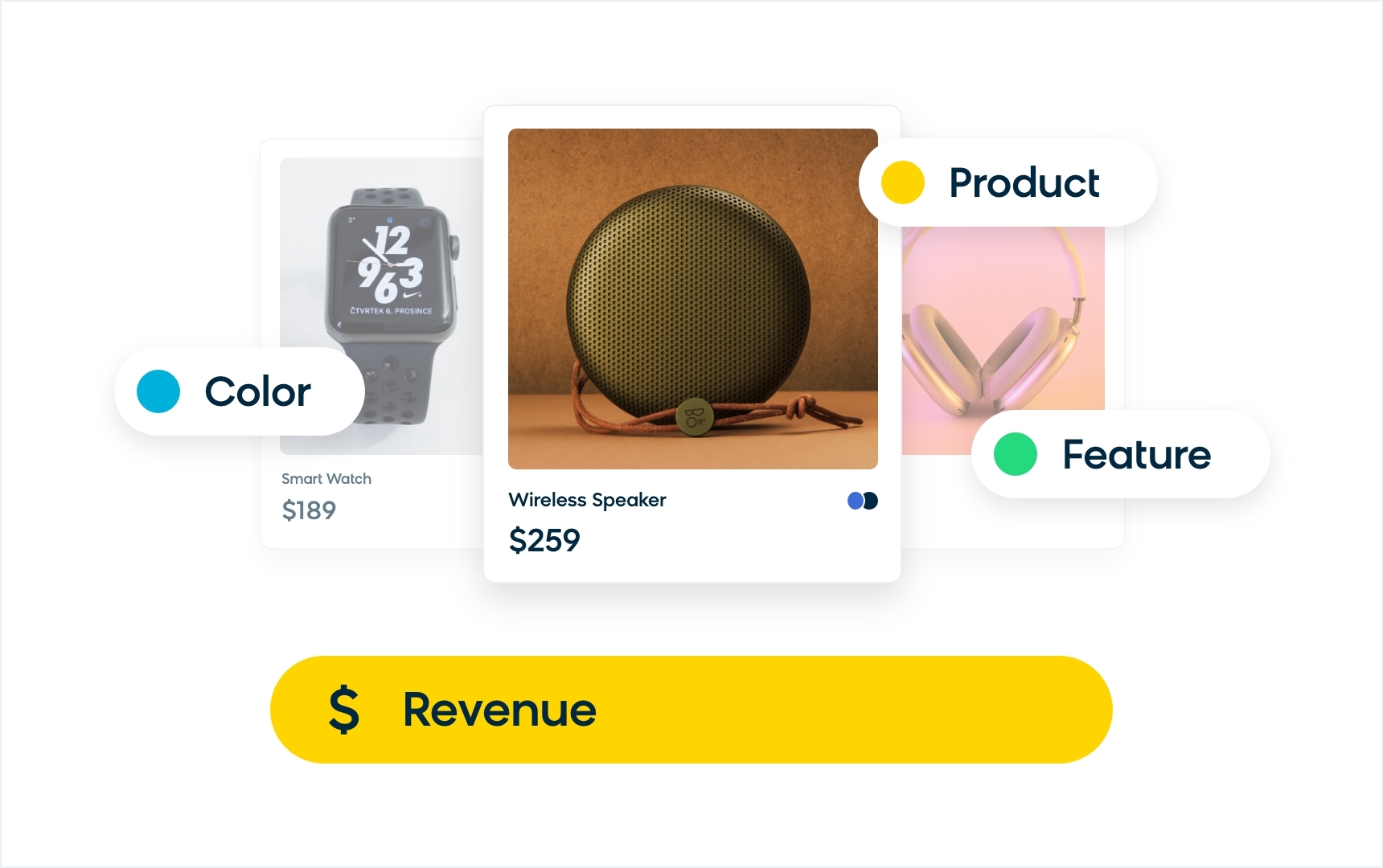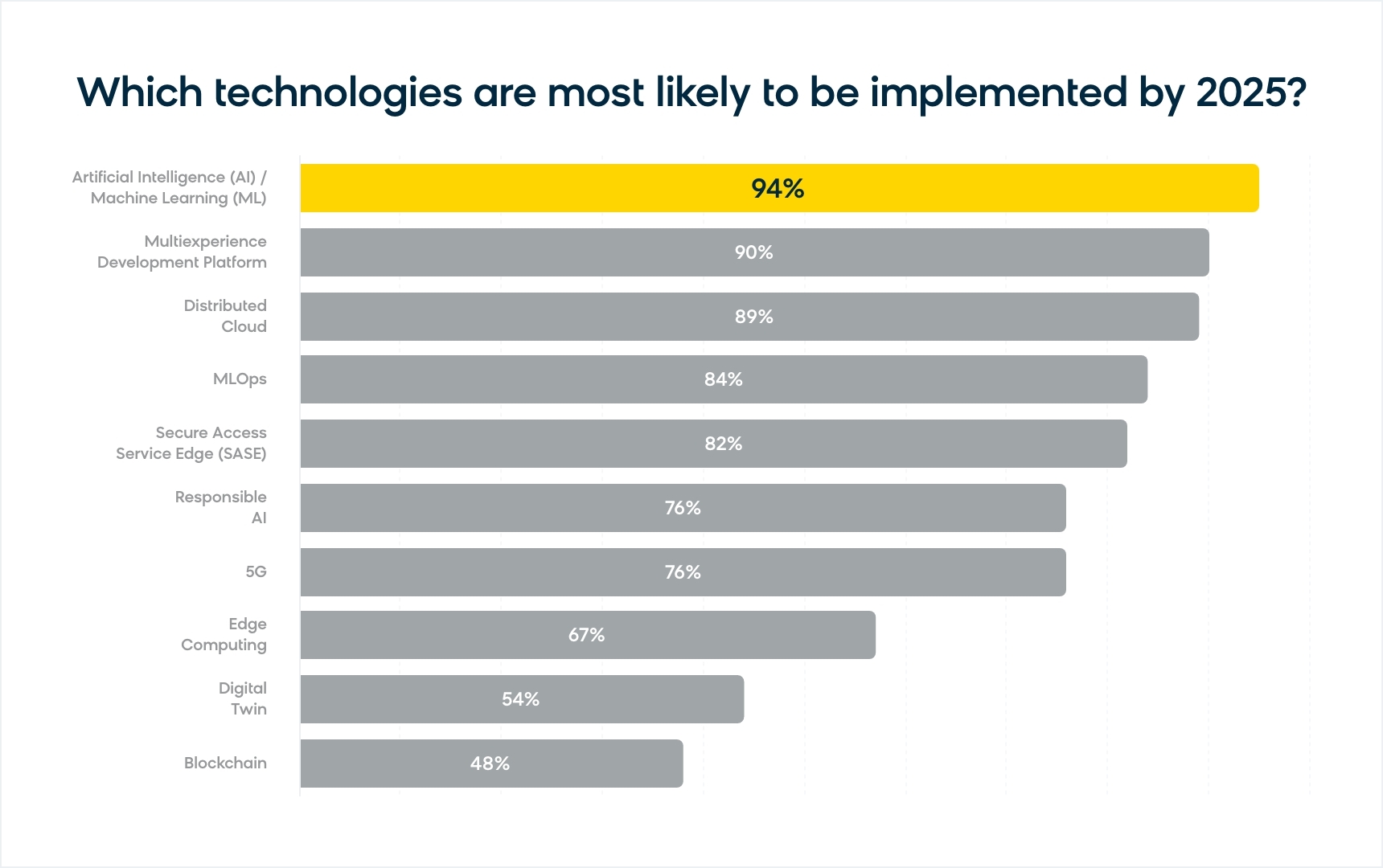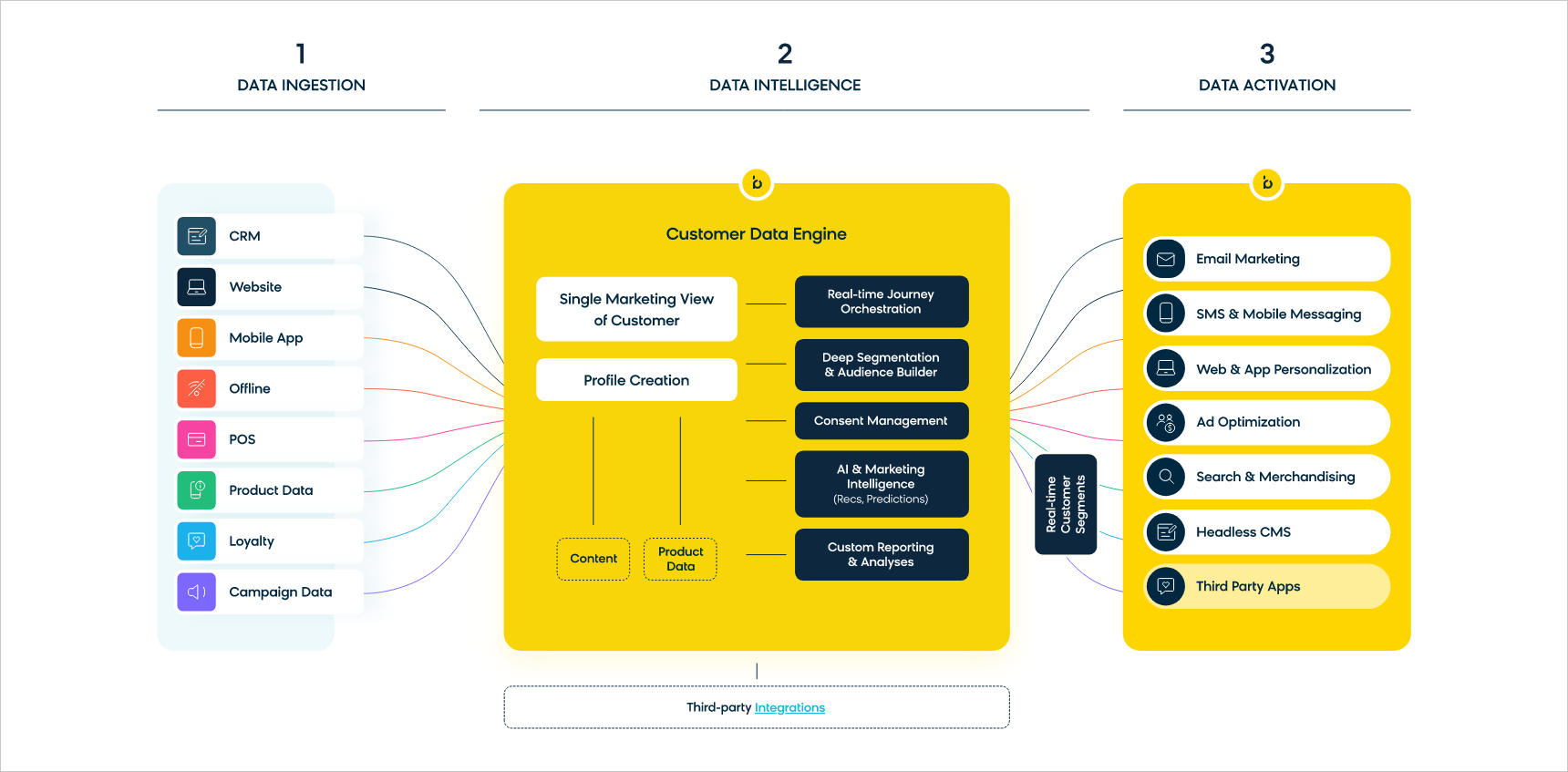Tech Consolidation vs. Ecommerce Site Search Solutions: 3 Risks To Consider
By Kait Spong
04/05/2023
There was a lot of talk about ecommerce growth during the pandemic, and even now it continues to grow, albeit not at the same explosive rate it did in 2021. While many may attribute ecommerce’s growth to the stay-at-home nature of COVID-19’s earlier days, there’s another catalyst for ecommerce’s expansion.
McKinsey predicts that “the proliferation of new platforms, channels, and available data will only continue” — and so will the changes in customers expectations. Because of these constantly shifting expectations, there is a distinct need to automate search efforts on the back end of the shopping experience, so your ecommerce practitioners can make the most of their valuable time. Despite all arrows pointing to ecommerce search and merchandising as an investment, it can often feel overwhelming to a) decide on which ecommerce priority to focus your efforts on first (or next) and b) pick a single technology vendor out of an often large and varying selection of contenders.
B2C businesses tend to get stuck at the 15% of usage they currently see with their ecommerce site search. Since these companies might see usage as quite small, they assume it’s not very important and that they’d achieve more substantial business growth if they invested their optimization efforts in some other part of the ecommerce website. These same professionals don’t realize that customers who search convert 3x more frequently than casual browsers. This means search can account for 30-45% of your revenue if it’s optimized for the right ecommerce metrics.

On the other hand, if you’ve been considering an ecommerce site search solution as a priority and are evaluating tech consolidation as a way to save some extra money, we’re here to tell you that you can't prioritize having all your solutions in one place over investing in AI-forward ecommerce product discovery. We’ll explain more in the next section.
Is Tech Stack Consolidation Worth Sacrificing Your Site Search?
When it comes to making your business workflows and practices more simplified and streamlined, consolidating your tech stack is typically considered best practice. With all the new players in the ecommerce software-as-a-service (SaaS) market that pop up every year, it can be easier than ever to lose your grip on your technology solutions. After all, just because SaaS solutions often have decoupled functions that make them easier to tie to others (unlike a monolithic platform), that doesn’t necessarily mean that everything always plays nicely together — in fact, they may not even integrate with one another.
At Bloomreach, we think tech consolidation is important and carries strategic and operational benefits with it. That’s why our product vision has always championed tech consolidation, with all of Bloomreach’s products seamlessly interlinking with one another to create memorable, measurable ecommerce experiences at scale.
However, you must be intentional — and even cautious — when it comes to tech consolidation. While vendor consolidation may make sense in some areas, you can’t prioritize this initiative simply for the primary cost and resource savings. Simply put, you’ll lose out on a significant impact on your bottom line, like the ones you’ll get when investing in a highly advanced site search engine that champions relevant results.
Ecommerce solutions that address the real pain points of your customers and practitioners, including those related to product discovery, aren’t worth sacrificing in the name of tech consolidation. This is especially true because of the now-hot topic of artificial intelligence (AI). According to a recent Gartner infographic, 94% of retailers plan to implement some form of AI or machine learning by 2025.

While a lot of this chatter about AI is currently around ChatGPT, AI obviously extends well beyond this singular tool and is a prioritized component of the best site search solutions on the market. When you’re evaluating a search and merchandising tool, we recommend looking for a product that strikes a balance between seamless AI-driven automation and merchandiser control. You don’t want to end up with a tool that is too resource reliant or completely inflexible to your brand’s needs.
Now, as we continue to think about AI and what it means to product discovery, you might want to consider the risks you’re taking if you pick a site search solution in the name of tech consolidation instead of ecommerce maturity and revenue-driving results.
Risk #1: The Search Tool Is Not Made for Business Users
Not all search and merchandising solutions are created equal, even if they claim to solve the same problems with site search functionality. Certain ecommerce search solutions are extremely manual. If you’re a business with a “build” mindset, there are solutions that complement this approach. But even as a company with a large development team, let us ask you this question: Do you really want to spend time, money, and resources on building a site search solution that already exists, or would you rather dedicate valuable engineering resources to the more strategic and nuanced areas of your business?
While you spend time building your search engine and gathering the data to make it run — and most likely losing revenue in the process — you could be using AI search technology that gives your business the fastest time to value possible. Plus, if your team is on the smaller side, they might not have enough bandwidth to handle tasks like optimizing your site's search box. Therefore, you need a site search tool that’s made for business users yet still accommodating to customizable workflows when they’re deemed necessary for certain outcomes.

The best site search solutions start with a solid foundation of data that already knows how to adapt to customer behavior and doesn’t have to wait on a pixel to learn. In other words, the solution should use AI to do the heavy lifting for your practitioners. At the same time, it should be customizable enough to help merchandisers identify opportunities for improvement, allowing your IT resources to focus on more pressing challenges that cannot be automated. This maximizes the efficiency of such solutions for business users and enables them to make data-driven decisions that mean a lot to your brand.
Risk #2: Content and Commerce Search Are Not One and the Same
Content search is not commerce search and vice versa. Actually, commerce search is an entirely different challenge for businesses than content search. Why? Well, advanced commerce search is focused on transactional search — not just informational search. To decipher customer intent and achieve targeted business objectives, commerce search requires a deep understanding of both product data and user behavior. This is achieved through a combination of natural language processing and machine learning.
Your solution of choice must address one of ecommerce search’s biggest challenges: a lack of context in search queries. The products shoppers want can vary widely by geography, occupation, gender, interests, use case, and more. For instance, if someone searches for “gloves” on your retail website, the type of glove you show them could change depending on any one of these factors. The customer could be a frequent hiker who loves exploring national parks in the wintertime and needs insulated gloves, or they could work for a charitable organization and are in search of opera gloves for their annual gala. By failing to show them accurate search results that match their intent, you’re more likely to lose them during the sales process.

Forbes' research confirms this notion, indicating that 77% of consumers have chosen, recommended, or paid more for a brand that provides a personalized service or experience. Since the sales funnel starts with product discovery, customer understanding needs to kick in at the search bar during the very beginning of the purchasing process. A customer data engine can work with your existing data infrastructure (e.g., CDP, data warehouse, or data lake) to fully realize the potential of your data and personalize your search engine to provide more relevant and personalized results.
A customer data engine can also handle data ingestion on its own, helping you leverage your customer and product data in real time to create personalized experiences by the session — even for first-time visitors. Each click on your website will continue to inform the audience segments you build, so you can personalize the entire funnel and establish a positive rapport with the people you want to impress most. While this is happening, the search tool will also optimize the experience for key ecommerce metrics, like conversions, revenue per visitor, average order size, and other ecommerce KPIs.

Risk #3: Product Discovery Needs Merchandising
With all this talk about the importance of ecommerce search solutions, digital merchandising can sometimes be an afterthought of product discovery even though it’s just as important to your ecommerce strategy. But there are plenty of solutions on the market that don’t come with merchandising capabilities, or you’ll have to buy another solution and add them on top of their search function. With the latter, these capabilities are fragmented, don’t talk to each other, and can’t provide the level of personalization and customization that you get with alternative search and merchandising solutions.
These merchandiser tools within your search infrastructure help your practitioners solve critical use cases common to the typical ecommerce retailer looking to optimize their websites for revenue. Without them, one of the most important teams in your organization will lack the proactive insights needed to make better business decisions without the help of IT, including the ability to A/B test and pinpoint which changes improve your bottom line.
Remember, self-learning AI must go hand in hand with curation tools to be effective. While any good product discovery tool will have years worth of learnings as its foundation, no one knows your business better than your merchandisers. They need the flexibility to make adjustments when they see fit, and a solution that stops at ecommerce search is too bare bones for the complexity of your retail business or brand. When shopping for solutions, you’ll want to make sure that your top choice for ecommerce search also includes merchandising capabilities or you might not see the relevant search results you’re hoping for.
Make Ecommerce Site Search a Priority
While vendor consolidation might make sense in certain cases, product discovery should take precedence over any savings you might have in mind with this approach. Comprehensive product discovery solutions, like Bloomreach Discovery, make the beginning of the shopping journey more meaningful and relevant, creating strong relationships with customers and increasing revenue and margins for your business. Is that really worth forgoing to simplify your tech stack? See how your B2C brand could make revenue now and later with better AI product search on your ecommerce website.
Found this useful? Subscribe to our newsletter or share it.



